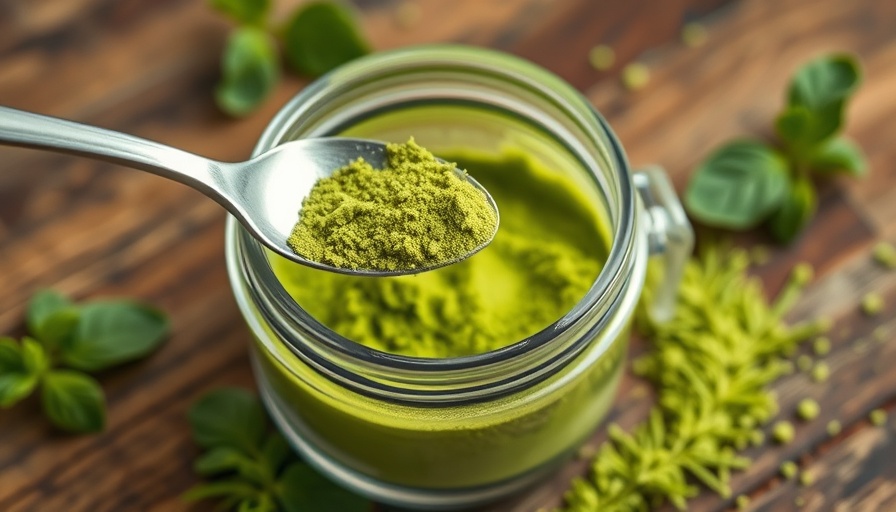
Why Stevia is a Game Changer for Your Garden
If you’re looking for a sweet addition to your backyard, the stevia plant is the perfect choice. This herb not only perks up your garden design but also offers a natural, low-calorie sweetener that can minimize reliance on processed sugars. Imagine harvesting fresh stevia leaves to sweeten your teas, smoothies, or even baked goods without the added calories! Growing stevia at home will not only transform your dishes but also provide a rewarding gardening experience that connects you with nature.
The Unique Journey of Stevia: From Plant to Plate
Stevia's history stretches back centuries to Paraguay, where the Guarani people have long used the leaves for their sweetening properties. As you grow your own stevia, you are not just cultivating a plant but partaking in this enriching heritage. It’s fascinating to consider how a simple leaf can transform meals and help cut down on sugar intake in modern diets. By embracing stevia, you’re also making a healthier choice that aligns with trends in organic gardening and health-conscious eating.
Navigating the Benefits of Growing Stevia
Incorporating stevia into your garden allows for multiple benefits:
- No-calorie sweetener: Stevia is approximately 200 times sweeter than sugar, which means you need far less to achieve the same sweetness.
- Health improvements: People like the author of our source article found that giving up sugar and switching to stevia helped reverse their insulin resistance.
- Versatile use: From sweetening beverages to enhancing dishes, the uses for stevia are endless, adding flavor without health drawbacks.
If you’re considering this herb, remember that its benefits go beyond sweetening – gardening with stevia contributes to a sustainable lifestyle that supports your health and the environment.
Essential Stevia Plant Care Tips
Successfully growing stevia requires attention to its specific needs:
- Optimal conditions: Stevia thrives in well-draining soil with plenty of sunlight – choose a spot that receives at least six hours of sun each day.
- Water management: Although stevia loves moisture, overwatering can harm it. Keep the soil consistently moist, especially during dry spells.
- Pruning practices: Regularly prune your stevia to encourage bushier growth and maximize your harvest. You can begin harvesting leaves when the plant reaches about 12 inches tall.
With these plant care tips in mind, you can nurture vibrant, productive stevia plants in your garden.
Creative Uses for Your Fresh Stevia Harvest
Once you’ve successfully nurtured your stevia, the fun begins! Here are some exciting ways to use your fresh stevia leaves:
- DIY Liquid Stevia Extract: Steeping fresh leaves in water and then straining creates a liquid sweetener that can be used in a variety of recipes.
- Homemade Green Stevia Powder: Drying stevia leaves and grinding them into powder allows you to have an easy way to add sweetness to dishes and drinks.
- Stevia Sweetened Tea: Furnish your everyday tea routine with homemade stevia sweetened iced teas; just add fresh leaves to the brew for a knockout flavor.
These creative approaches not only sweeten your life but also allow you to share your gardening achievements with family and friends.
Conclusion: Embrace Nature in Your Backyard
Stevia offers an array of benefits from its sweet leaves to its ease of growth, making it a fantastic addition to any garden. Rather than relying on processed sugars, you can cultivate an herb that not only enhances your recipes but promotes a healthier lifestyle. If you’re ready for an invigorating gardening project filled with delicious rewards, give stevia a try!
 Add Row
Add Row  Add
Add 




Write A Comment